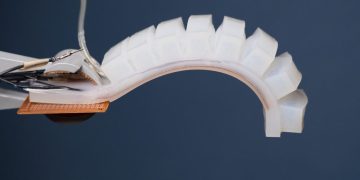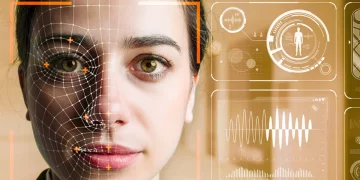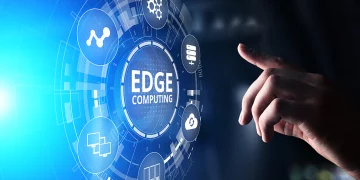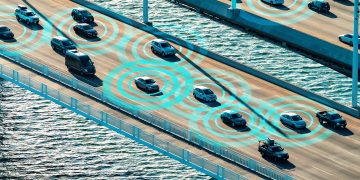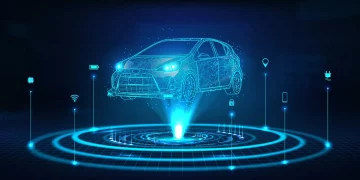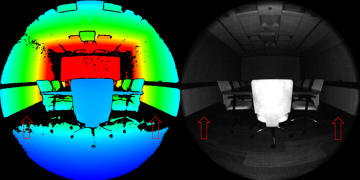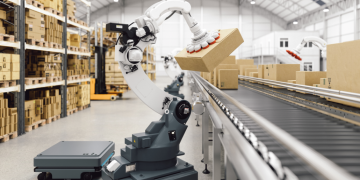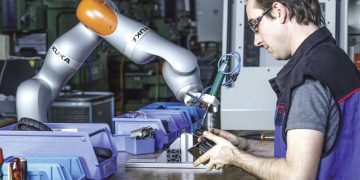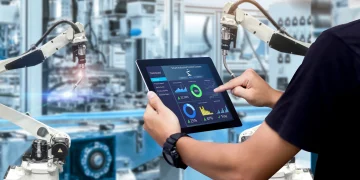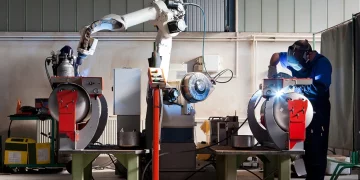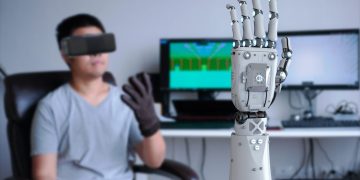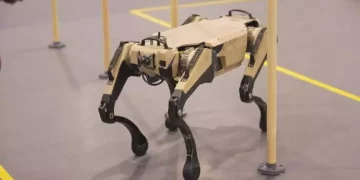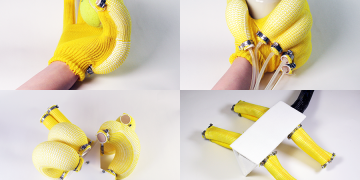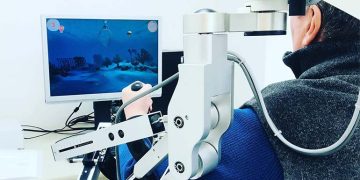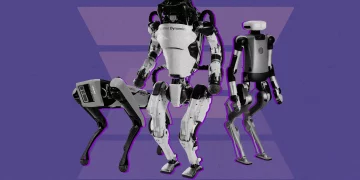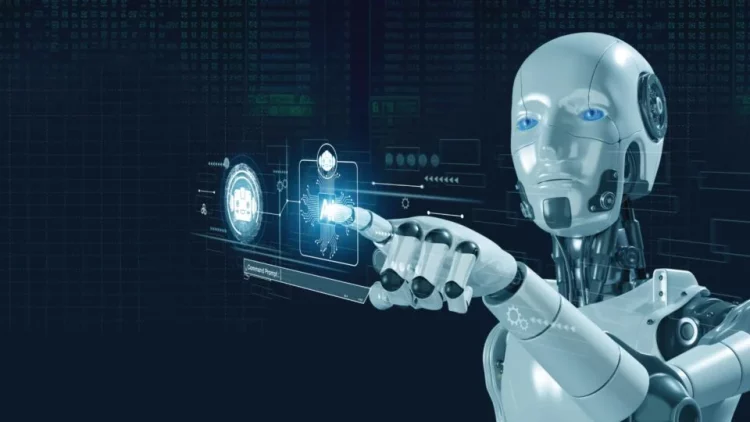Introduction
As urbanization continues to accelerate across the globe, cities are facing unprecedented challenges related to infrastructure maintenance, public safety, and environmental protection. The growing population, rising demands for urban services, and increasing environmental concerns have made it essential for cities to adopt new technologies to address these issues efficiently. Among the most promising solutions is the integration of intelligent robots into various aspects of urban life.
Intelligent robots, powered by cutting-edge technologies such as artificial intelligence (AI), machine learning, robotics, and sensor technologies, have the potential to revolutionize how cities operate. From maintaining critical infrastructure to ensuring public safety and protecting the environment, these robots can enhance the quality of life in urban areas, making them more efficient, sustainable, and safer for their residents.
In this article, we will explore how intelligent robots are already playing a vital role in urban infrastructure maintenance, public safety, and environmental protection. We will also delve into the future prospects of robotic systems in shaping the urban landscapes of tomorrow.
1. Intelligent Robots in Urban Infrastructure Maintenance
a. Autonomous Inspection and Maintenance
One of the most crucial aspects of maintaining a modern city is ensuring that the infrastructure—roads, bridges, water systems, and buildings—remains in good condition. Infrastructure degradation due to wear and tear, extreme weather events, or human error can result in costly repairs and safety hazards. Intelligent robots equipped with advanced sensors and AI algorithms can automate and optimize the inspection and maintenance processes.
For example, drones are increasingly used to inspect hard-to-reach areas of infrastructure, such as bridges, power lines, and pipelines. Equipped with cameras and sensors, these drones can quickly scan large areas for structural damage, corrosion, or signs of wear. By capturing high-resolution images and analyzing them using AI, the drones can identify potential issues before they become critical, allowing for proactive repairs.
Moreover, robotic systems designed for maintenance tasks, such as cleaning, repairing, and reinforcing infrastructure, are becoming more common. Robotic cleaners are already being used to maintain solar panels, while robotic arms are being deployed to repair pipelines or inspect sewers. By using these robots, cities can reduce labor costs, increase the speed of maintenance, and improve the safety of workers, as robots can take on hazardous tasks that would otherwise expose human workers to danger.
Expert Comment:
“Robots and drones equipped with AI-driven sensors are changing the way cities manage infrastructure. These tools not only save time and resources but also enable cities to stay ahead of potential issues, avoiding costly emergency repairs.” — Dr. John Miller, Infrastructure Technology Specialist
b. Predictive Maintenance Using AI
AI algorithms are capable of analyzing data collected by sensors in real-time to predict when specific parts of the city’s infrastructure will require maintenance. This predictive maintenance approach ensures that interventions are made at the right time, preventing unnecessary downtime and avoiding costly repairs that result from unexpected failures.
For instance, smart streetlights can be monitored using sensors that detect malfunctioning bulbs or faulty wiring. AI-driven systems can analyze data from these sensors to predict when a light is likely to fail, prompting a maintenance team to address the issue before it impacts the street’s lighting system. This proactive approach significantly improves the efficiency of infrastructure maintenance and reduces the overall costs of repairs.
2. Enhancing Public Safety with Intelligent Robots
a. Surveillance and Emergency Response
Public safety is a primary concern for city governments, and intelligent robots are increasingly being deployed to help monitor urban areas, respond to emergencies, and assist law enforcement. Autonomous surveillance drones, equipped with cameras, sensors, and facial recognition software, can monitor public spaces, detect suspicious activities, and provide real-time data to authorities.
These drones can patrol city streets, monitor crowds at public events, or survey areas affected by disasters, such as floods or fires. By providing continuous surveillance, robots can help prevent crime, improve emergency response times, and assist in crowd control. In the event of an emergency, robots can relay critical information to emergency responders, allowing them to act swiftly and accurately.
Additionally, robotic first responders are being tested in various cities to assist with search-and-rescue operations. These robots can be deployed to disaster-stricken areas to locate survivors, assess damage, and deliver supplies. For example, robotic dogs are used to navigate debris and rubble in collapsed buildings, providing real-time information to rescue teams about the presence of survivors.
Case Study:
In Dubai, the city is planning to deploy autonomous police patrol robots. These robots will monitor public spaces, provide safety alerts, and even assist in issuing traffic fines, ensuring that law enforcement is more efficient and responsive.
b. Firefighting and Hazardous Area Monitoring
Robots are also playing a crucial role in firefighting and monitoring hazardous environments. Firefighting robots, designed to withstand extreme heat and smoke, are deployed to assist human firefighters by extinguishing fires in dangerous situations or areas where human access is limited. These robots can carry fire hoses, spray water or foam, and provide a continuous flow of data about the fire’s intensity and spread, helping firefighting teams make better-informed decisions.
In hazardous areas like chemical plants, nuclear facilities, and oil rigs, robots are used to monitor environmental conditions and detect dangerous gases, leaks, or fires. Equipped with sensors, these robots can detect problems early and alert emergency teams, helping to prevent disasters before they occur.
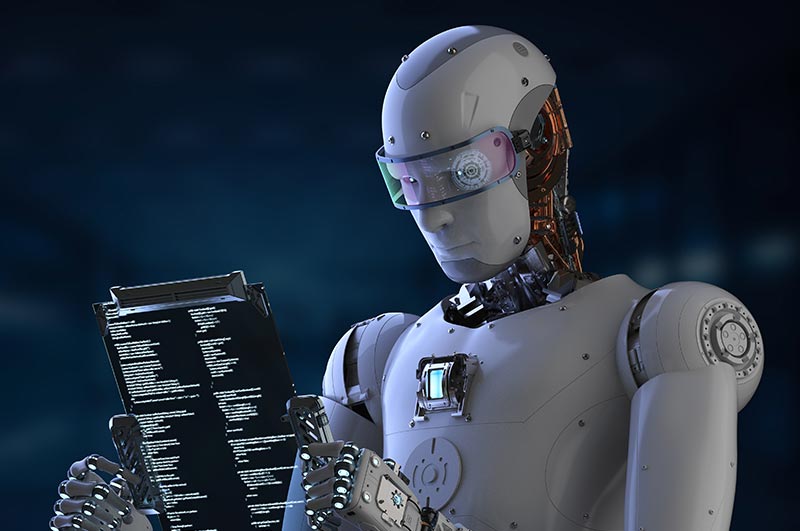
3. Intelligent Robots in Environmental Protection
a. Pollution Monitoring and Management
With growing concerns over environmental degradation, intelligent robots are increasingly being used for pollution monitoring and management in urban areas. These robots can monitor air and water quality, track emissions, and even clean up pollutants, contributing to more sustainable cities.
For example, drone-mounted sensors can monitor air quality by measuring pollutants such as carbon dioxide, nitrogen dioxide, and particulate matter. These drones can fly over urban areas, collecting real-time data on air pollution levels. AI algorithms can analyze this data to identify sources of pollution and provide recommendations for reducing emissions.
On the water front, robots are used for water quality monitoring in rivers, lakes, and coastal areas. Underwater drones and autonomous robots equipped with sensors can monitor water conditions, detect harmful algae blooms, and measure the presence of toxic chemicals. This technology can help cities address water pollution issues more effectively and protect public health.
b. Waste Collection and Recycling
The management of urban waste is another area where intelligent robots are making significant strides. Robotic waste collection systems are being implemented in several cities to streamline waste collection processes. Autonomous robots equipped with AI and sensors can navigate city streets, collecting garbage from residential and commercial areas without human intervention.
Additionally, robotic recycling systems are designed to separate recyclables from non-recyclables automatically. These robots use AI algorithms and sensors to identify different types of materials—such as plastics, glass, and metals—and sort them accordingly. This automated approach enhances the efficiency of recycling programs, reduces waste, and helps cities meet sustainability goals.
Expert Comment:
“Robotic systems play a key role in the growing push for sustainability in urban environments. Whether it’s waste collection, pollution monitoring, or energy efficiency, robots are helping cities reduce their environmental impact and move toward a greener future.” — Sarah Williams, Environmental Technology Specialist
4. The Future of Intelligent Robots in Smart Cities
a. The Road Ahead for Urban Robotics
The integration of intelligent robots into urban systems is still in its early stages, but the future looks promising. As AI algorithms continue to improve, robots will become even more capable of performing complex tasks, collaborating with human workers, and responding autonomously to changing conditions.
In the future, cities may see fully autonomous robotic systems operating in multiple domains, from traffic management to healthcare services. The synergy between robots, AI, and the Internet of Things (IoT) will create a seamless urban ecosystem where devices, systems, and infrastructure work together to improve the quality of life for city residents.
b. Ethical and Social Implications
As robots become more integrated into urban life, there are important ethical and social considerations that need to be addressed. Issues related to privacy, job displacement, and the potential misuse of robotic systems must be carefully managed to ensure that these technologies are used for the benefit of society as a whole.
Governments, companies, and communities must collaborate to develop regulations and policies that promote responsible and ethical use of robotics while ensuring that the workforce is prepared for the changes that automation will bring.
Conclusion
Intelligent robots are already playing a significant role in improving the quality of life in cities around the world. From automating infrastructure maintenance to enhancing public safety and protecting the environment, these robots are revolutionizing how cities function. As technology continues to evolve, the potential for robots to further enhance urban living is vast. The future of cities is smart, sustainable, and efficient, and robots will be at the heart of this transformation.
As we move forward, it is essential to continue exploring and embracing these technologies, while addressing the challenges and ethical considerations that come with them. With careful planning and innovation, robots can help create cities that are safer, greener, and more efficient for generations to come.

